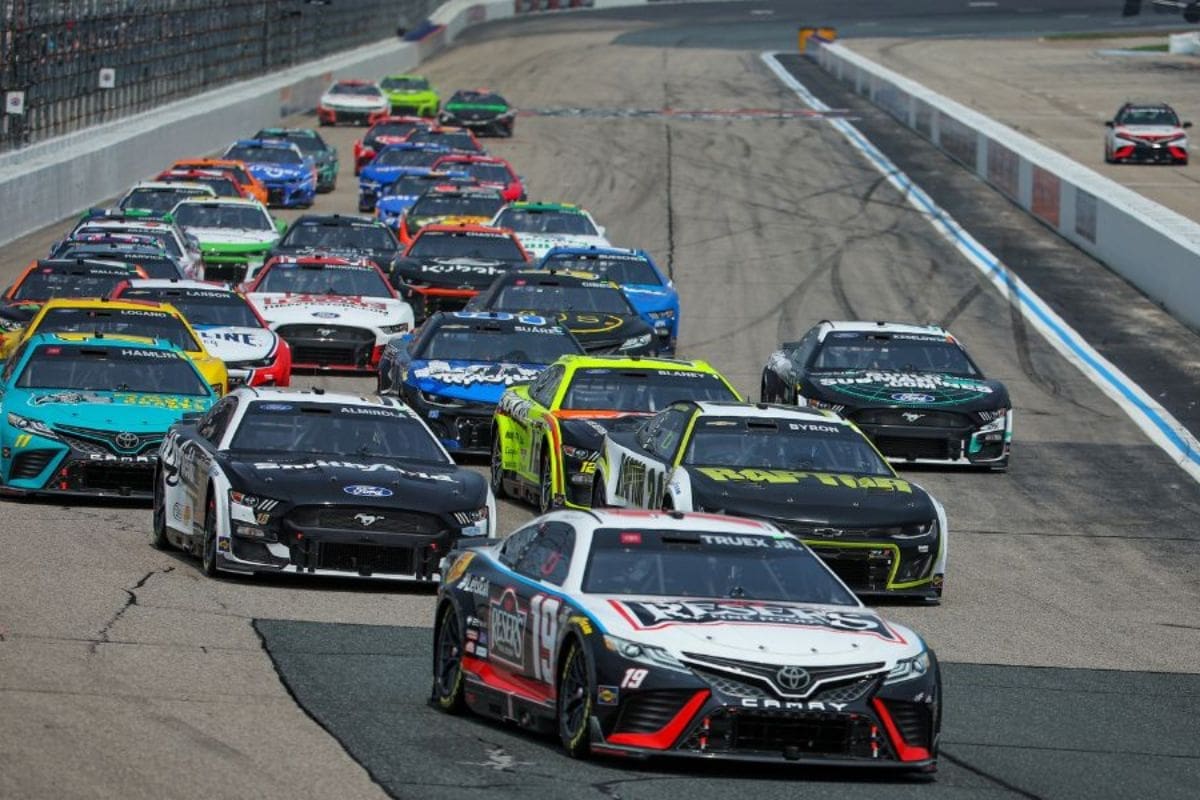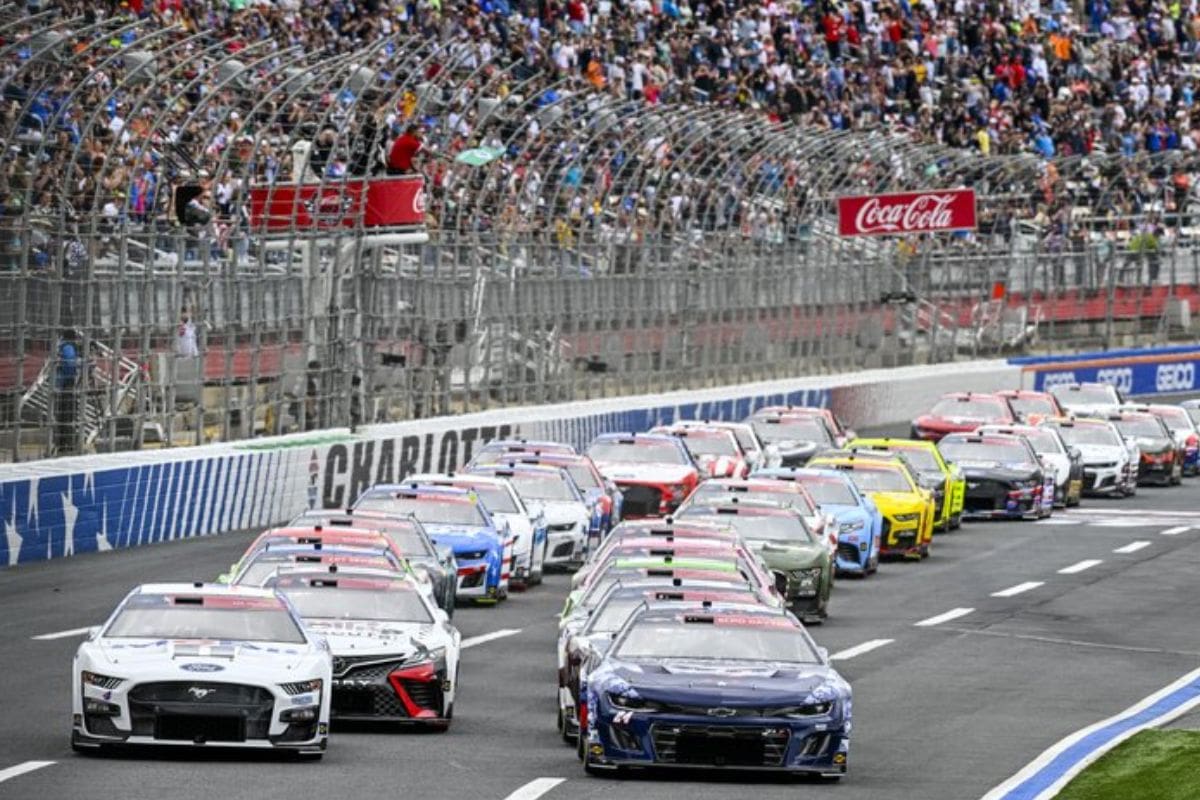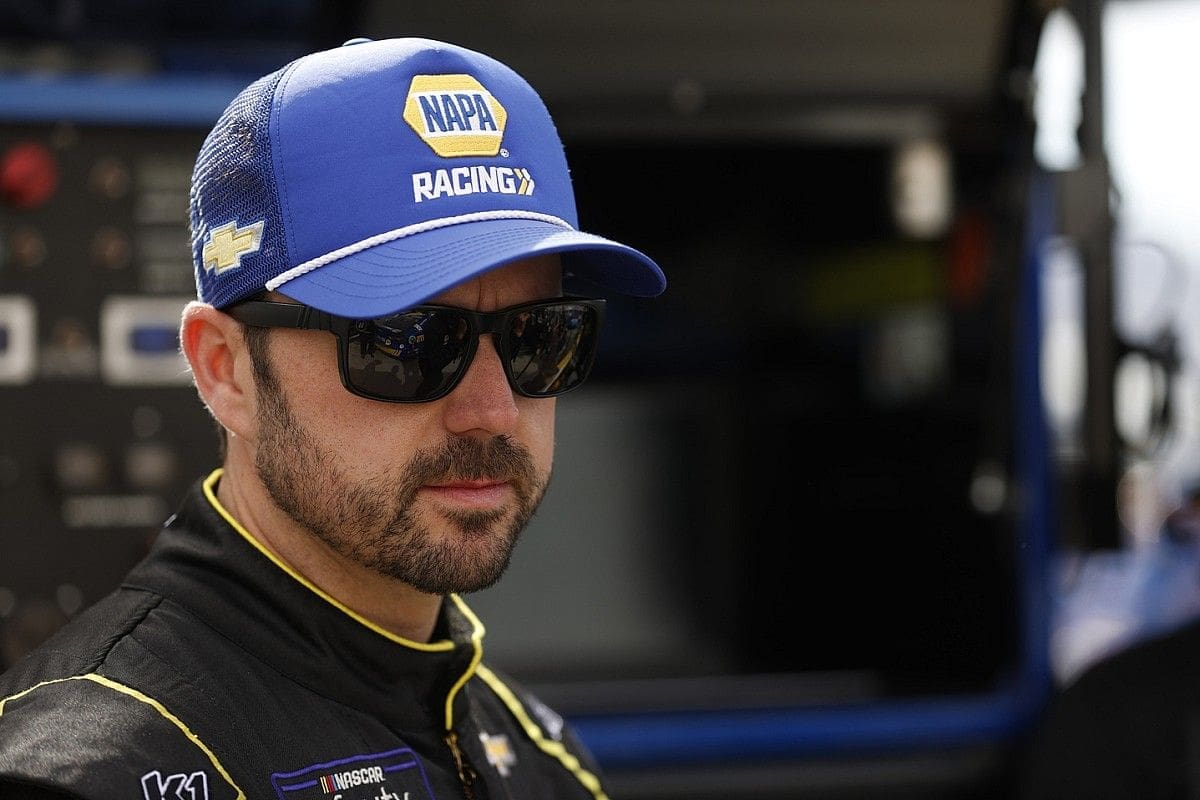NASCAR Shakes Up Charter Market: The recent upheaval in NASCAR’s charter market signifies a significant shift, driven largely by market saturation and complex revenue-sharing negotiations, transforming it into a buyer’s market. This evolving scenario has prompted teams to reassess the financial viability of charters, traditionally seen as secure investments. Front Row Motorsports‘ acquisition of an extra charter exemplifies a forward-thinking approach, strategically positioning itself for improved competitiveness. However, this move raises crucial questions about the logistical challenges and potential changes in driver lineups.
Key Highlights
- NASCAR’s charter market has shifted to a buyer’s market due to market saturation and revenue-sharing uncertainties.
- Front Row Motorsports’ acquisition of an additional charter highlights strategic moves amid market volatility.
- Historical lucrative investments in NASCAR charters are now facing questions of sustainability and value.
- Revenue-sharing negotiations are critical in shaping the future dynamics of the NASCAR charter market.
- Teams are reassessing growth strategies and competitive positioning due to evolving charter market conditions.
Charter Market Dynamics: A Buyer’s Market Emerges
The recent volatility in NASCAR’s charter market, driven by factors such as market saturation and ongoing revenue-sharing negotiations, has catalyzed a significant shift towards a buyer’s market, allowing teams to strategically acquire charters at more advantageous prices.
Historically, the NASCAR charter system has been portrayed as a lucrative investment, with expectations of continually rising values. However, the current environment has defied these projections, creating a more detailed and fluctuating market landscape.
A confluence of factors has contributed to this shift. Market saturation has played a crucial role; as the number of competitive teams and available charters has stabilized, the once-scarce charters have become more accessible. The equilibrium between supply and demand has consequently tipped, reducing the premium on charters.

In addition, ongoing negotiations over revenue-sharing models have introduced uncertainty, prompting teams to reassess their financial strategies.
Teams like Stewart-Haas Racing have responded to these market dynamics by opting to sell charters, recognizing the need to recalibrate their fiscal approaches. This strategic decision highlights a broader trend where teams are increasingly leveraging the current market conditions to optimize their operational efficiency and financial stability.
The resulting buyer’s market presents a unique opportunity for teams to acquire charters at reduced costs, potentially leading to increased competitiveness and financial prudence in the long term.
Front Row Motorsports’ Strategic Move
Taking advantage of the current buyer’s market, Front Row Motorsports (FRM) has strategically decided to acquire an extra charter, positioning itself for substantial growth and improved competitiveness in the NASCAR landscape. This decisive move signals FRM’s intent to not only expand its operational bandwidth but also to level the playing field against larger, multi-car teams.
By securing an additional charter, FRM will now field three full-time entries for the initial time since 2015. This expansion is a calculated response to the evolving dynamics of the charter market, where increased availability and favorable conditions have created a buyer’s market. The acquisition is expected to enrich FRM’s strategic depth, allowing the team to experiment with different setups, driver combinations, and sponsor partnerships.
The implications extend beyond mere numbers; the third entry infuses an element of resilience and adaptability into FRM’s competitive strategy. It allows for more data collection, better cross-team collaboration, and improved performance analytics. This move also has the potential to attract higher-caliber talent, both on the driving and engineering fronts, thereby creating a virtuous cycle of improvement and competitiveness.
Furthermore, this expansion highlights FRM’s commitment to long-term growth and stability within NASCAR’s ever-competitive environment. It sends a clear message to sponsors and partners about the team’s ambitions and operational capabilities. By capitalizing on the current market conditions, FRM is not just keeping pace with its competitors but setting the stage for future success.
Historical Context: FRM’s Charter Acquisitions
Building on their recent strategic expansion, FRM’s history of charter acquisitions reveals a pattern of calculated moves aimed at solidifying their competitive edge and securing long-term sustainability within NASCAR. This approach is exemplified by their proactive steps in acquiring charters, which serve as both financial instruments and competitive assets.
In 2018, FRM made a significant leap by acquiring a charter from the beleaguered BK Racing. This acquisition was not just a transaction but a crucial moment that highlighted FRM’s commitment to leveraging market opportunities for strategic growth.
- Financial Stability: The charter brought a significant financial boost, enabling FRM to allocate resources more effectively and invest in performance improvements.
- Competitive Positioning: Owning additional charters allowed FRM to field more cars, thereby increasing their presence and competitiveness in races.
- Long-term Vision: This move aligned with a broader strategy to ensure sustained participation and relevance in NASCAR’s evolving landscape.
Jerry Freeze, the team’s general manager, has been a central figure in steering these strategic decisions. His foresight in recognizing the charter’s value and acting decisively has positioned FRM as a savvy player in the NASCAR ecosystem. Freeze’s approach reflects a deep understanding of the sport’s economic and competitive dynamics, ensuring that FRM remains not just a participant but a formidable contender.
Logistical Considerations for FRM’s Expansion
Managing the logistical complexities of expanding to a three-car lineup, Front Row Motorsports (FRM) must meticulously plan to guarantee adequate facilities, personnel, and resources are in place for seamless integration and operational efficiency. This expansion necessitates a thorough assessment of current infrastructure and capabilities, ensuring they can support the additional demands of a third car in the highly competitive NASCAR environment.
A crucial aspect of this expansion involves the physical space required to house additional vehicles, equipment, and team members. FRM has proactively engaged in discussions with Tony Stewart about potentially renting his team’s former headquarters. This facility offers the space and amenities necessary to accommodate the increased operational scope, illustrating FRM’s strategic approach to logistical planning. The move to a larger facility would not only provide the physical space needed but also facilitate smoother workflow and communication among the expanded team.
Personnel management is another critical factor. Expanding to a three-car lineup will require hiring additional qualified professionals, including engineers, mechanics, and support staff. Ensuring that these new hires are seamlessly integrated into the existing team structure is paramount. FRM must develop robust onboarding and training programs to maintain high performance standards and foster team cohesion.

Resource allocation also demands meticulous planning. The increased number of cars will require more parts, tools, and technology. FRM must establish reliable supply chains and inventory management systems to handle the heightened demand. Moreover, optimization of logistics concerning transportation to and from race venues will be crucial to minimize downtime and ensure peak performance.
Driver Lineup Speculation
As Front Row Motorsports carefully plans its logistical expansion, the strategic decision on the driver lineup becomes just as vital, especially with Michael McDowell’s impending departure at the end of the 2024 season. The team’s future hinges on choosing the right candidates to fill the void left by the veteran driver. The speculation surrounding potential successors has captivated the NASCAR community, drawing attention to several high-caliber prospects.
The pool of potential drivers comprises a blend of seasoned competitors and promising talents from different stables, particularly Stewart’s lineup and the Ford Xfinity series. Notably, the following candidates have emerged as frontrunners:
- Chase Briscoe: Currently a standout in the Ford Xfinity series, Briscoe has demonstrated both consistency and raw speed. His adaptability and racing expertise make him a prime candidate for a full-time Cup Series seat.
- Josh Berry: Berry’s performance has been notable, showcasing an ability to compete at high levels and adapt quickly. His potential for growth aligns well with FRM’s strategic vision for the future.
- Noah Gragson, Cole Custer, and Riley Herbst: Each exhibits distinct strengths. Gragson’s aggressive style, Custer’s technical skills, and Herbst’s steady improvement offer unique advantages that could complement FRM’s objectives.
As FRM navigates these choices, the implications extend beyond mere driver performance, influencing sponsor relationships and broader team dynamics. The outcome of this selection process will undoubtedly shape Front Row Motorsports’ trajectory in the highly competitive NASCAR landscape.

News In Brief: NASCAR Shakes Up Charter Market
The evolving dynamics of NASCAR’s charter market highlight a shift towards a buyer’s market. This compels teams to reassess the financial viability of charters.
Front Row Motorsports’ acquisition of an extra charter represents a strategic adaptation to these market changes. It is aimed at bolstering the team’s competitive edge.
This move, situated within FRM’s historical charter acquisitions, emphasizes the necessity for logistical planning and driver lineup considerations. This step is essential to navigate the complexities of the current racing landscape effectively.
ALSO READ: Denny Hamlin Reveals NASCAR’s Crafty Stance on Charter Deals
